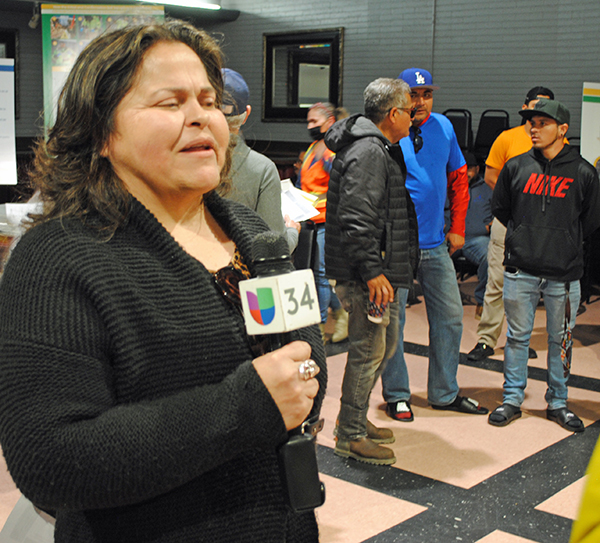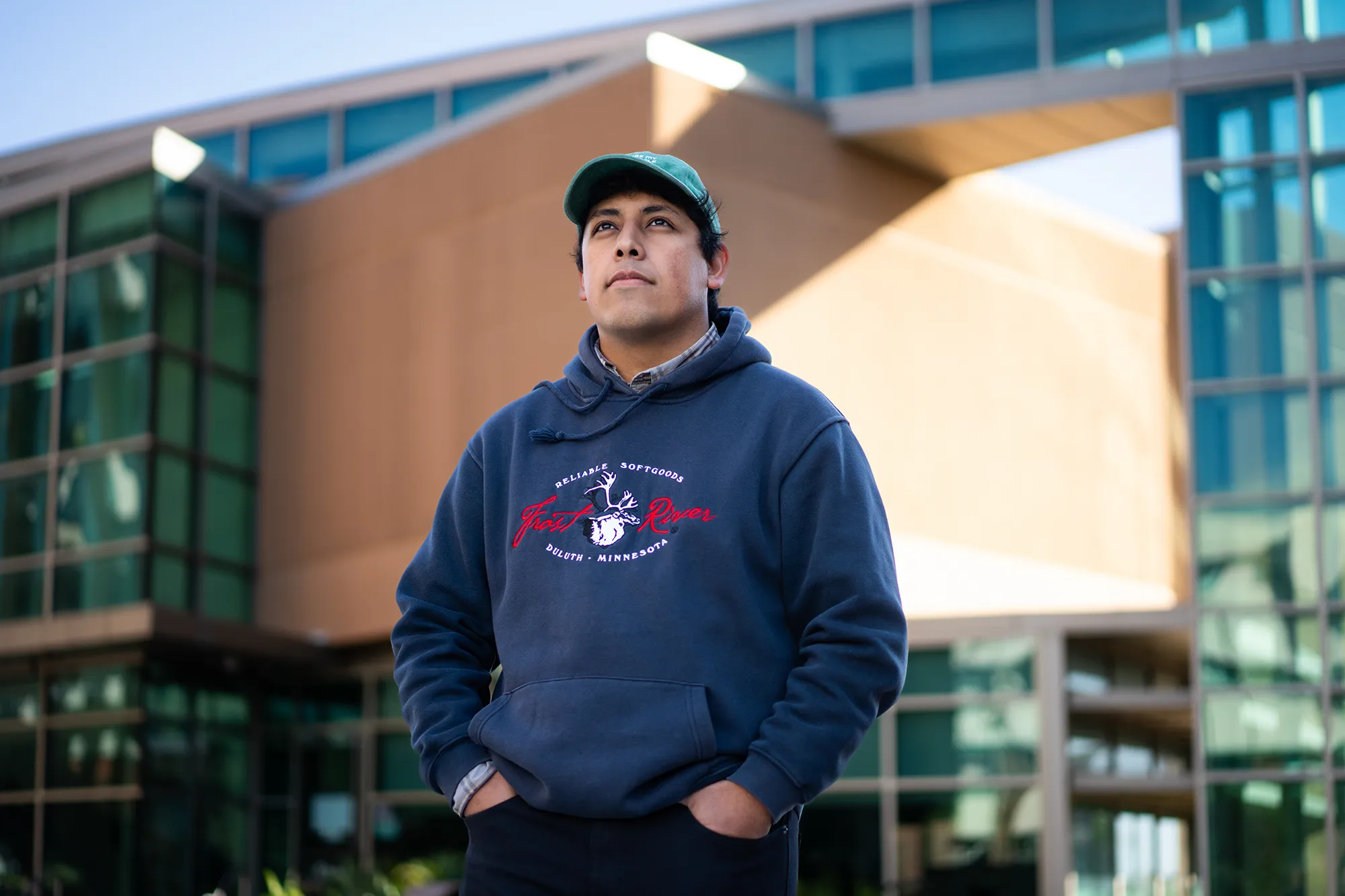By Alfredo Santana
Contributing Writer
HUNTINGTON PARK — Residents of lead-infested properties near the closed Exide Technologies plant and unionized cleanup crews urged the community to band together to move forward in efforts to remove the cancer-causing metal from outdoor yards.
Held at the New Start Housing Corporation’s community room, the in-person event was organized by the California Department of Toxic Substances Control with the goal of providing tenants and homeowners information related to the cleanup process being conducted on properties within a 1.7-mile radius of the plant.
Bell resident and former steel worker Doug Marshall told an audience of nearly 170 people to form a united front to make the state agency more accountable in supervising contractors hired to remove lead-tainted soil in areas sometimes left untouched due to fears of weakening structures or killing trees.
Marshall added that unlike the times when he served as vice president of his steel workers union, he never witnessed Exide workers pushing against the recycling plant’s closure.
“I don’t remember any workers coming up and saying ‘keep the plant open.’ It is working. I don’t want to see the community and workers divided,” he said.
His message was echoed by Laborer’s Local 300 Union representatives, adding that they have negotiated with environmental contractor National Engineering & Consulting Group and subcontractor American Integrated Services agreements to hire more than 70 cleanup workers from the impacted communities, some with criminal records.
“We are here to represent everyone in the community and the members,” said Luis Carrillo, a Local 300 union member.
The call for unity arrives on the heels of a controversial study conducted by USC researchers that concluded many properties that had undergone soil removal to eliminate lead from the former battery smelter still contain concentrations beyond the state’s health threshold of 80 parts per million.
Titled “Get the Lead Out!,” the study has not been shared with the Department of Toxic Substances Control, even though director Meredith Williams requested it in a letter posted on the agency’s Exide mitigation website.
The findings were reported in a Los Angeles Times article published last month, causing uproar among residents and advocates in Boyle Heights, East Los Angeles, Commerce, Maywood, Huntington Park and Bell.
The community meeting, held March 8, marks a shift from online-only gatherings the department had conducted since the COVID-19 pandemic was declared in March 2020, to update stakeholders on efforts to remove lead from parcels and to demolish the former battery plant.
“We are opening up our doors in a way we haven’t,” said Allison Westcott, the Department of Toxic Substances Control communications director. “We organized this and our goal is that for people who have questions we [provide] answers.”
Allison said the department is studying whether to launch a second round of cleanups in properties with hazardous lead concentrations.
“The letters of completion are highly detailed information with data of previous and current levels of lead,” Westcott said. “We want people to tell us their experience” and offer suggestions on how the process can be improved. “These are for people whose properties have been cleaned.”
Nine tables staffed with the department’s representatives were set around the room aimed at explaining how the cleanup process works, how and when initial soil sampling takes place and excavation and restoration actions.
All the tables had fliers and documents offering information in English and Spanish, including what labor requirements contractors and workers need to meet, polluted parkways and a residential information booth related to letters of completion.
Table nine had a locked container to deposit suggestions attendees could write down on flashcards.
As of Feb. 28, the state agency reported it had documented cleanings on 4,491 properties. It projects $322.4 million approved last fiscal year by Gov. Gavin Newsom will run out in March 2025 after remediation on 5,940 of the 10,000 lots deemed to have harmful lead particles.
Still, several residents voiced distrust in the state agency and the companies conducting the cleanups.
Despite the data and vows to improve communication, Boyle Heights resident Sofia Quiñones attended the forum to tell the crowd she had it with the state agency, and requested support to summon the U.S. Army Corps of Engineers to conduct effective cleanups.
She said President Joe Biden should tour the impacted communities alongside Health and Human Services Secretary Xavier Becerra to help designate the area a Superfund site.
“We want Biden to come here, as he should to Ohio’s [East Palestine], where the toxic train derailment occurred. Here we have like a wave of pollution that fell and settled,” Quiñones said. “We have seven million tons of pollution that should be treated like the rail catastrophe.”
Joe Gonzalez, another Boyle Heights resident, took the microphone to remind the audience that cozy relationships between previous department officers with Exide owners resulted in the approval of operational permits that contributed to unfettered lead releases.
He said that in the last three years he has endured the death of three relatives and four dogs.
Gonzalez lambasted the approach of selecting lots with higher lead levels as a hodge-podge plan that has left thousands of properties dirty without soil testing or cleanups.
“We got to start again from square one, and get ground soil tested by independent agencies,” Gonzalez said. “There is no confidence in here. Whatever has been done, the contamination tests indicate they are not doing the cleanups right.”
“This would have never happened in Porter Ranch,” or wealthier and more white communities, said Gonzalez in reference to the Aliso Canyon gas leak that took place near that neighborhood in October 2015.
Others criticized the area’s local and state leaders for not showing up, and asked Williams to take notice and reach out to them for future workshops.
“I don’t want this to become a practice,” City Terrace resident Martha Jimenez said. “We want the elected officials to feel the pressure we are going through.”












